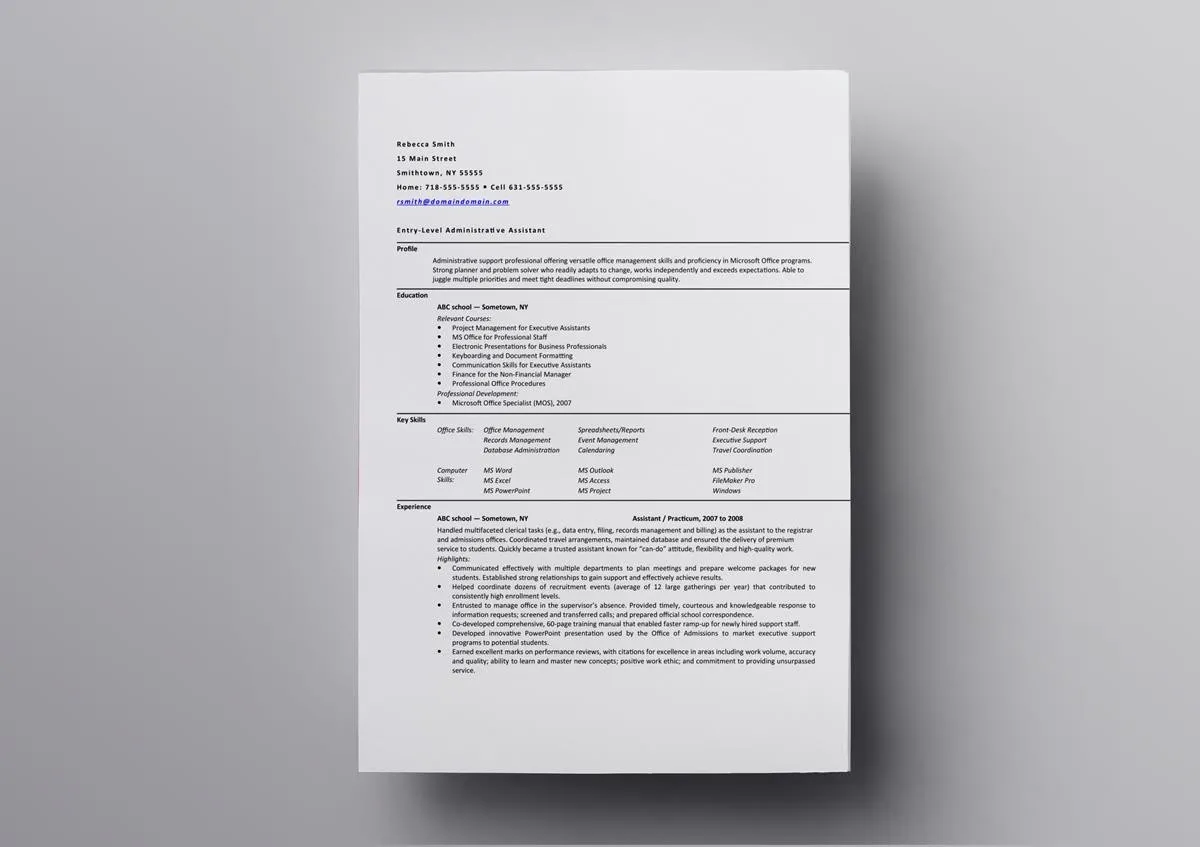Cover Letter: How to Get Hired
In today’s competitive job market, a well-crafted cover letter is more than just a formality; it’s your first opportunity to make a lasting impression and secure an interview. This guide provides a comprehensive walkthrough of how to create a compelling cover letter using OpenOffice, a free and versatile office suite. Whether you’re a seasoned professional or a recent graduate, this guide will equip you with the knowledge and tools to craft a cover letter that grabs the attention of potential employers and significantly increases your chances of getting hired. We will cover everything from the essential components of a cover letter to practical formatting tips tailored for OpenOffice, ensuring your application stands out.
What is a Cover Letter and Why You Need One
A cover letter is a formal document that accompanies your resume when you apply for a job. It serves as an introduction, providing context for your application and highlighting your key skills and experiences. While your resume offers a snapshot of your qualifications, the cover letter allows you to tell your story, express your enthusiasm for the role, and explain why you’re the perfect fit for the company. A cover letter is your chance to demonstrate your personality, writing skills, and genuine interest in the position. In essence, a cover letter humanizes your application, making it more relatable and memorable for the hiring manager. Failing to submit a cover letter can signal a lack of attention to detail or a lack of genuine interest in the position. This can lead to your application being overlooked, even if you have excellent qualifications.
Essential Cover Letter Components
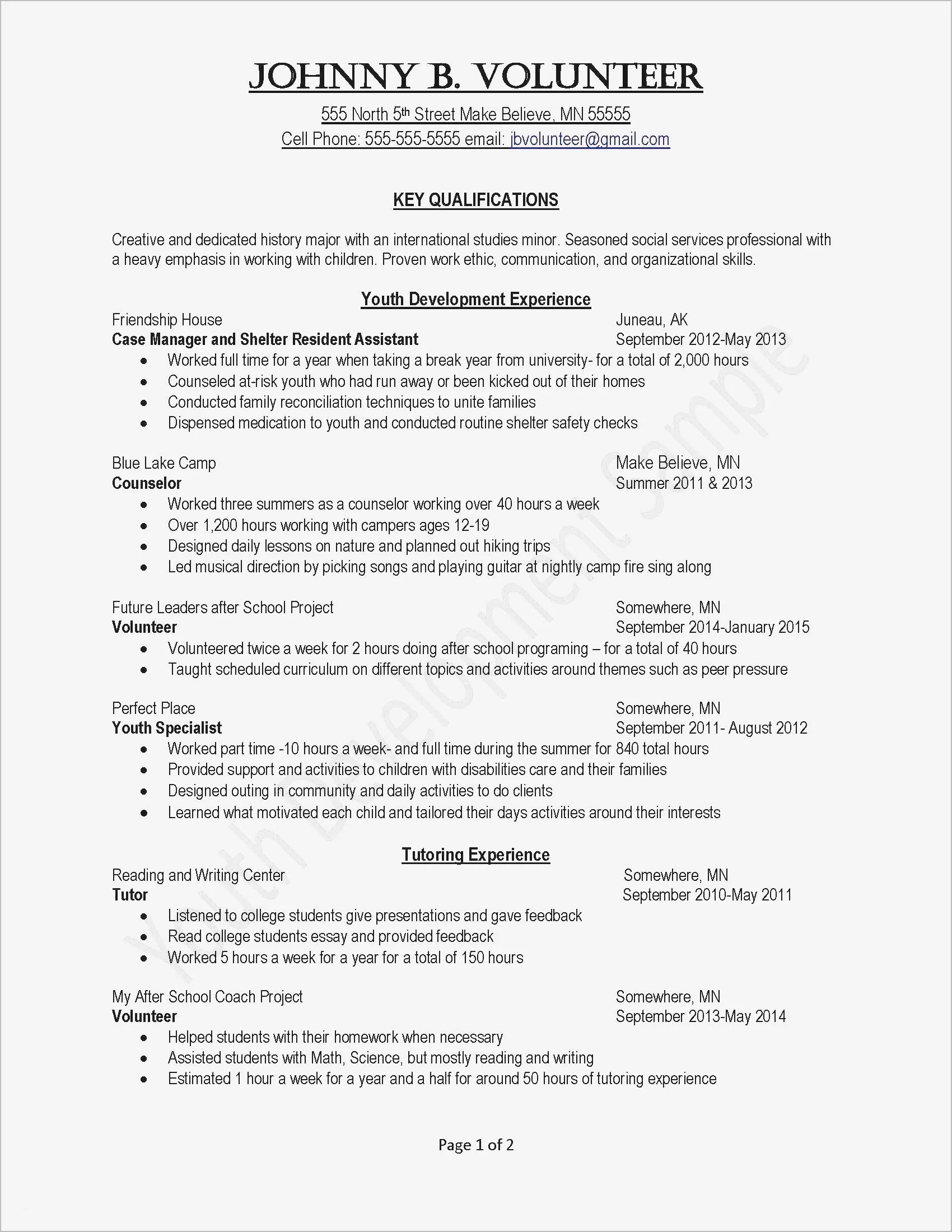
A well-structured cover letter follows a standard format that includes key elements. These components work together to create a professional and impactful document. Ensuring each section is properly addressed is crucial for conveying the information and leaving a good impression. A properly composed letter will help you to showcase your skills and increase your chances of getting noticed by the hiring manager. Properly following the structure of the cover letter also makes it easy for the hiring manager to understand your key skills and experiences that are relevant to the job.
Your Contact Information
Begin with your full name, address, phone number, and email address. This should be at the top of your cover letter, typically left-aligned. This makes it easy for the hiring manager to reach out to you. Ensure your email address is professional and appropriate for job applications. Avoid using nicknames or casual email addresses. Ensure you regularly check the email you provide to ensure you do not miss the email from the hiring manager.
Date
Include the current date, formatted appropriately (e.g., Month Day, Year). This helps the employer know when the letter was written. This can also help with the applicant tracking system (ATS) when the system extracts the date from the document. Make sure that the date is aligned properly and is easy to read.
Recipient’s Contact Information
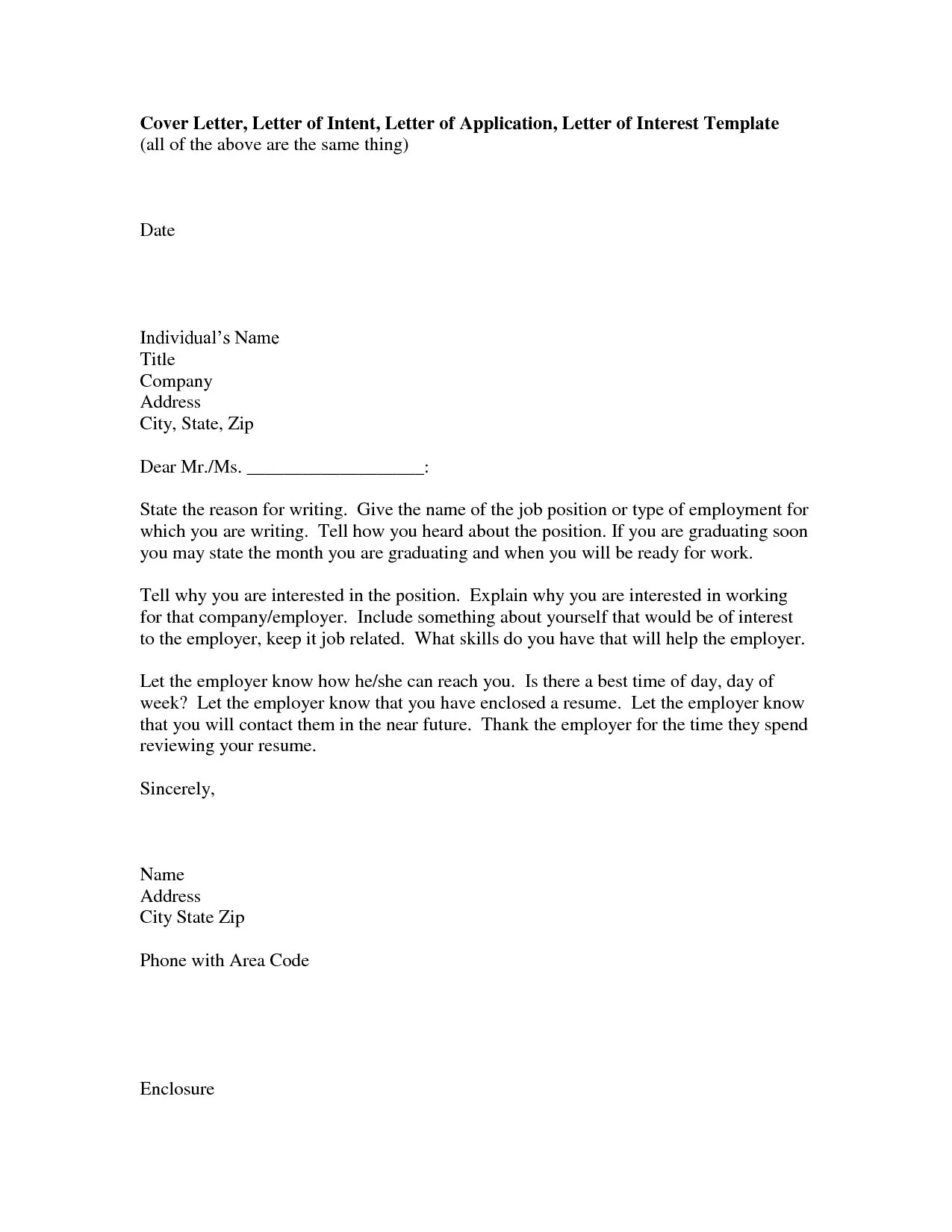
If possible, address the cover letter to a specific person (the hiring manager or recruiter). Include their name, title, and the company’s address. Addressing the letter to a specific person shows you’ve done your research and demonstrates your attention to detail. If the name is not available, use a general greeting. If you are applying for a large company, you may not know the specific recruiter’s name. In this case, research the company to see who the recruitment manager is.
The Salutation
Use a professional salutation, such as “Dear Mr./Ms. [Last Name]” or “Dear Hiring Manager.” Avoid overly casual greetings. If you don’t know the name, “Dear Hiring Manager” is a safe and professional choice. The salutation sets the tone for your entire cover letter. It should be respectful and appropriate for the professional context. Always double-check the recipient’s name and title to ensure accuracy. Improper salutations are one of the most common mistakes and signal a lack of attention to detail.
Writing a Compelling Opening Paragraph
Your opening paragraph is your chance to grab the reader’s attention and make a strong first impression. Start by stating the position you’re applying for and where you found the job posting. Then, briefly highlight why you’re interested in the role and the company. Consider mentioning a key skill or accomplishment that immediately demonstrates your value. A well-crafted opening will encourage the reader to continue and read the entire letter. Avoid generic introductions; personalize your opening to show genuine enthusiasm. The opening should provide a brief overview of your key selling points and clearly state the position you are applying for.
Highlighting Your Skills and Experience
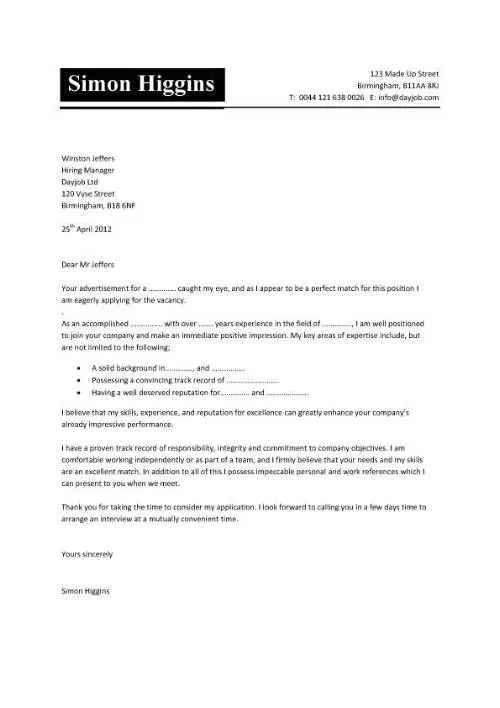
The body of your cover letter should highlight your relevant skills and experiences, connecting them to the job requirements. Use specific examples to showcase your accomplishments and quantify your results whenever possible. Instead of simply listing your responsibilities, describe how you excelled in your previous roles and what you achieved. Tailor this section to each job application. Focus on the skills and experiences that align with the specific requirements outlined in the job description. The most effective cover letters demonstrate your value to the employer by showing them how you can contribute to their team. Make sure that you provide a specific example of how you meet the requirements of the job posting.
Tailoring Your Cover Letter
One of the biggest mistakes you can make is sending out a generic cover letter. Tailoring your cover letter to each job application is crucial. This demonstrates that you’ve taken the time to understand the company and the specific role. Carefully review the job description and identify the key skills and qualifications the employer is seeking. Then, highlight your experiences and accomplishments that align with these requirements. Show the employer how your unique skills and experiences make you the ideal candidate for the role.
Researching the Company
Before writing your cover letter, research the company. Visit their website, read their mission statement, and learn about their values and recent projects. This will help you tailor your letter and demonstrate your genuine interest. Showing that you have researched the company demonstrates that you are committed to applying for the role. This also shows the hiring manager your dedication to the role and company. Researching the company provides you with a better understanding of the role and company to tailor your letter better.
Matching Skills to Job Requirements
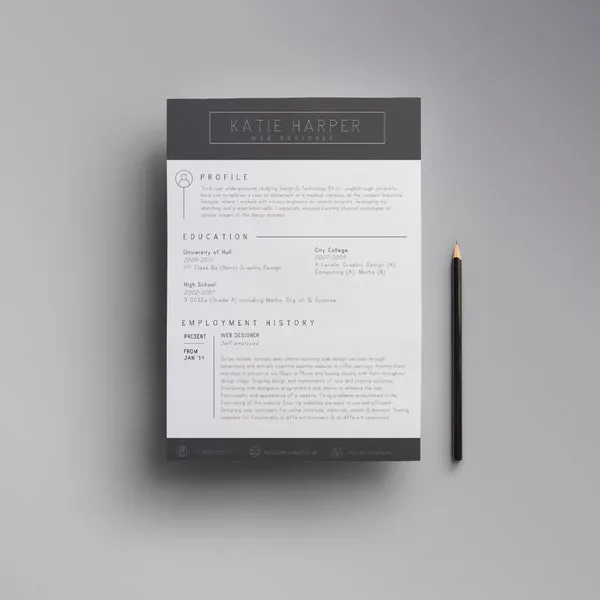
Carefully compare your skills and experiences to the job description. Identify the key requirements and highlight how your qualifications align with them. Use the same keywords and phrases used in the job posting to ensure your letter resonates with the employer. Show how your skills directly address the company’s needs. If the job requires experience with OpenOffice, for example, emphasize your proficiency with the software. Tailor your cover letter to make it clear to the hiring manager that you are the right fit for the job.
Quantifying Your Accomplishments
Instead of simply stating what you did in previous roles, quantify your accomplishments whenever possible. Use numbers and data to demonstrate the impact you made. For example, instead of saying “Managed social media,” say “Increased social media engagement by 30% in six months.” Quantifying your achievements makes your cover letter more compelling and shows the employer the value you can bring. Use metrics and figures to add credibility to your claims. This is a great way to get the attention of the hiring manager.
Concluding Your Cover Letter
Your concluding paragraph should reiterate your interest in the position and thank the employer for their time and consideration. Restate your enthusiasm for the opportunity to contribute to the company. This should leave the reader with a positive final impression. Express your confidence in your ability to succeed in the role. Concluding your letter professionally solidifies your interest in the opportunity and leaves the reader with a positive impression. Be sure that your closing is professional and appropriate.
Expressing Enthusiasm
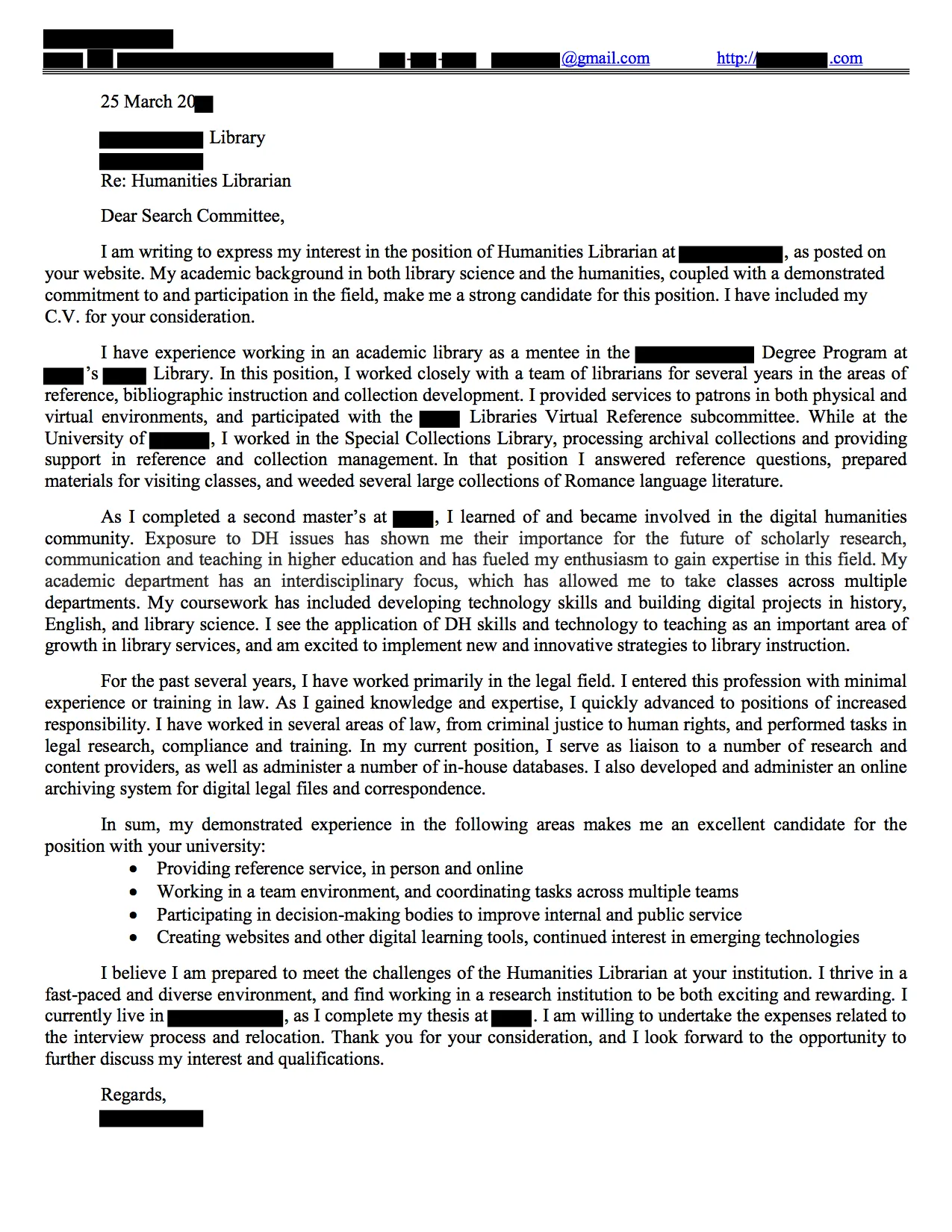
Reiterate your enthusiasm for the role and the company in your closing paragraph. Express your excitement about the opportunity to contribute to the company’s goals. Showing your interest in the position can help convince the hiring manager you are the best candidate. Do not simply repeat the words from the opening, but offer a new perspective. Your enthusiasm will help to make you stand out and can sway the hiring manager.
Call to Action
End your cover letter with a clear call to action. This could be a statement like “I look forward to hearing from you soon” or “Thank you for your time and consideration.” Including a call to action ensures that the hiring manager knows what next steps to take. This is an important part of the cover letter. Including a call to action makes the application process run more smoothly for both you and the hiring manager.
Formatting Your Cover Letter in OpenOffice
Formatting your cover letter in OpenOffice is straightforward. You can use the built-in features to create a professional-looking document. Choosing the correct format is important in conveying professionalism. OpenOffice offers a great way to create a cover letter for free and is used by many job seekers. Correct formatting can help to improve your chances of getting an interview.
Choosing the Right Font and Font Size
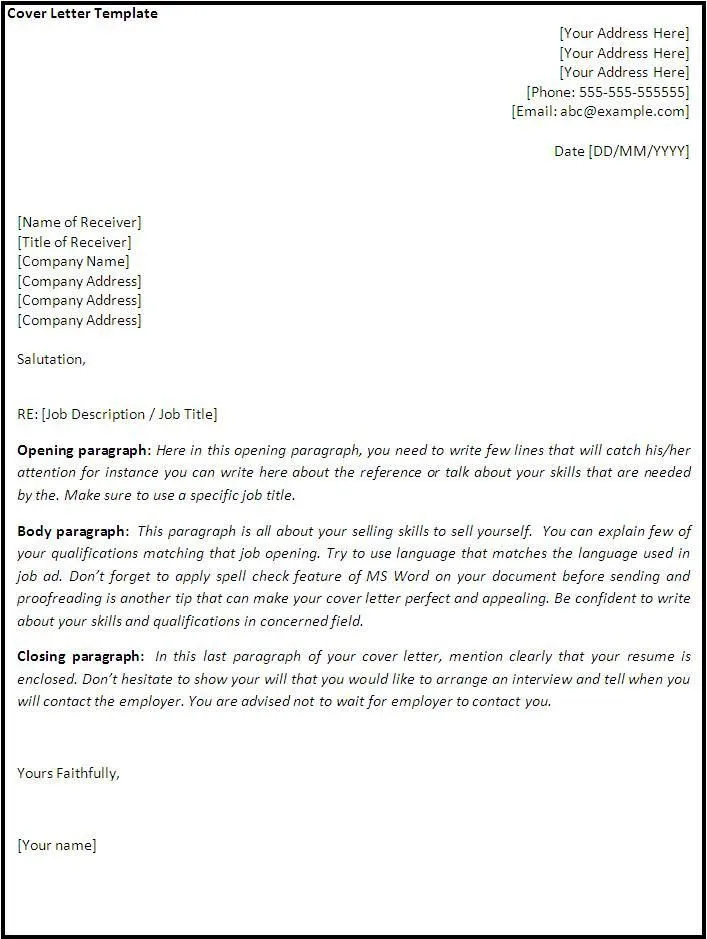
Select a clear and professional font, such as Times New Roman, Arial, or Calibri. Use a font size of 11 or 12 points for the body text, and adjust the size for headings. A readable font and size make your cover letter easy to read and can improve your chances of getting hired. Avoid using overly decorative fonts. Make sure that the font size is not too small to read. Make sure that the font you choose is a standard font that is easy to read.
Setting Margins and Line Spacing
Set 1-inch margins on all sides of your cover letter. Use single or 1.15 line spacing for the body text and adjust the spacing between paragraphs. Proper margins and line spacing make your cover letter visually appealing and easy to read. These settings help make the document neat and professional. Make sure there is adequate space between the paragraphs to ensure readability.
Saving and Sending Your Cover Letter
Save your cover letter as a PDF file to preserve the formatting. This ensures that your document looks the same on any computer or device. Then, attach the PDF to your job application email or upload it to the application portal. Proofread the document to ensure you do not have any errors before sending. Saving your cover letter as a PDF makes sure the document looks professional. Also, it protects your formatting and prevents it from being altered by the recipient. Sending your cover letter as a PDF demonstrates your attention to detail.
Proofreading and Editing
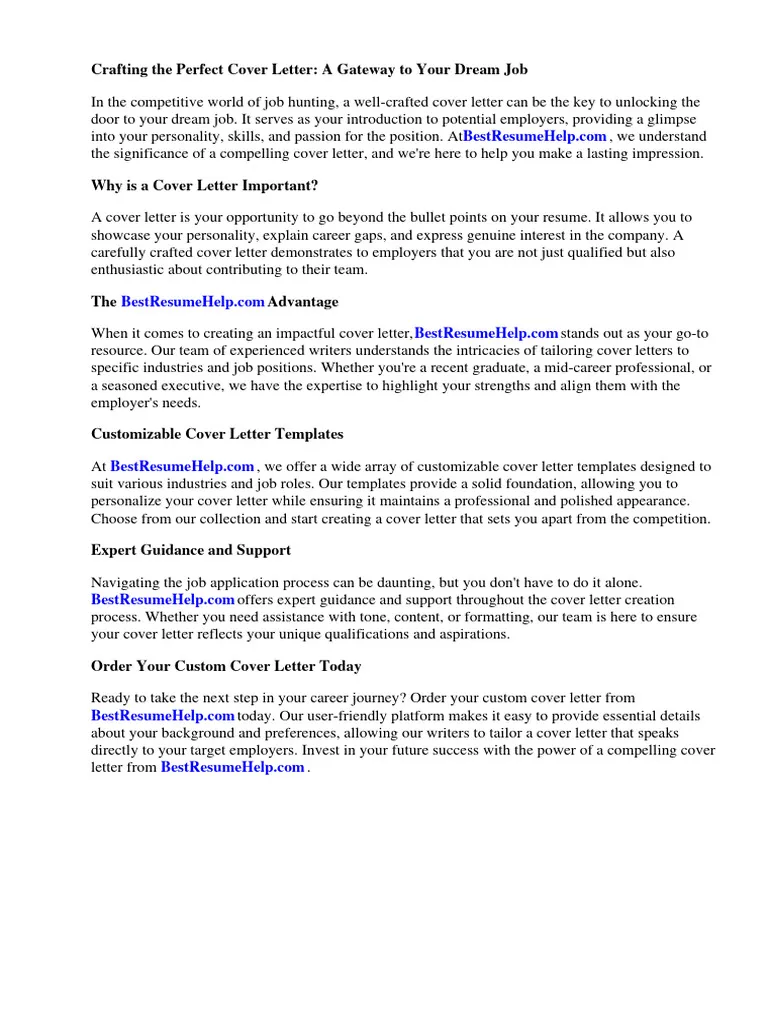
Always proofread your cover letter carefully for any typos, grammatical errors, or inconsistencies. Read it aloud to catch any awkward phrasing or sentences. It is always a good idea to have someone else proofread your cover letter. Proofreading is an essential step in the writing process and can make the difference in you getting an interview. The smallest error could impact your chances of getting an interview. Do not rely solely on spell check as it will not always catch all mistakes. Having someone else read the letter is a great way to catch mistakes.
Common Cover Letter Mistakes to Avoid
Avoiding common cover letter mistakes can greatly improve your chances of success. Common mistakes can include spelling errors, poor formatting, and not tailoring your letter. Being aware of these issues can help you avoid them. A good cover letter will increase your chances of success. Avoiding the common mistakes can help improve your chances of getting an interview.
Overused Phrases
Avoid using overused phrases, such as “I am writing to apply for…” or “I am a hard worker.” Instead, use original language to express your interest and highlight your skills. Overused phrases can make your cover letter sound generic and uninspired. Using creative language and avoiding cliché phrases help your cover letter to stand out. Using unique language can greatly improve your chances of getting an interview.
Typos and Grammatical Errors
Always proofread your cover letter carefully for typos and grammatical errors. These errors can damage your credibility and make you appear unprofessional. Proofreading will help ensure that your letter is clear and professional. Typos and grammatical errors can make you seem less capable or attentive. Taking the time to proofread your cover letter makes it easier for the hiring manager to read. The errors can make your cover letter seem less professional.
Generic Content
Avoid using generic content that could apply to any job. Tailor your cover letter to the specific job and company. Generic content can indicate a lack of interest or effort. Always tailor your cover letter to the specific job you are applying for. Show the employer that you have taken the time to research the company and understand the role. A generic cover letter might suggest a lack of interest or a lack of attention to detail.
In conclusion, creating an effective cover letter requires careful attention to detail, thorough research, and a personalized approach. By following the tips and guidelines outlined in this guide, you can craft a compelling cover letter using OpenOffice that showcases your skills, highlights your accomplishments, and significantly increases your chances of landing your dream job. Remember to tailor each cover letter to the specific job, proofread it carefully, and express your genuine enthusiasm for the opportunity. With the right approach, your cover letter can be a powerful tool in your job search.
